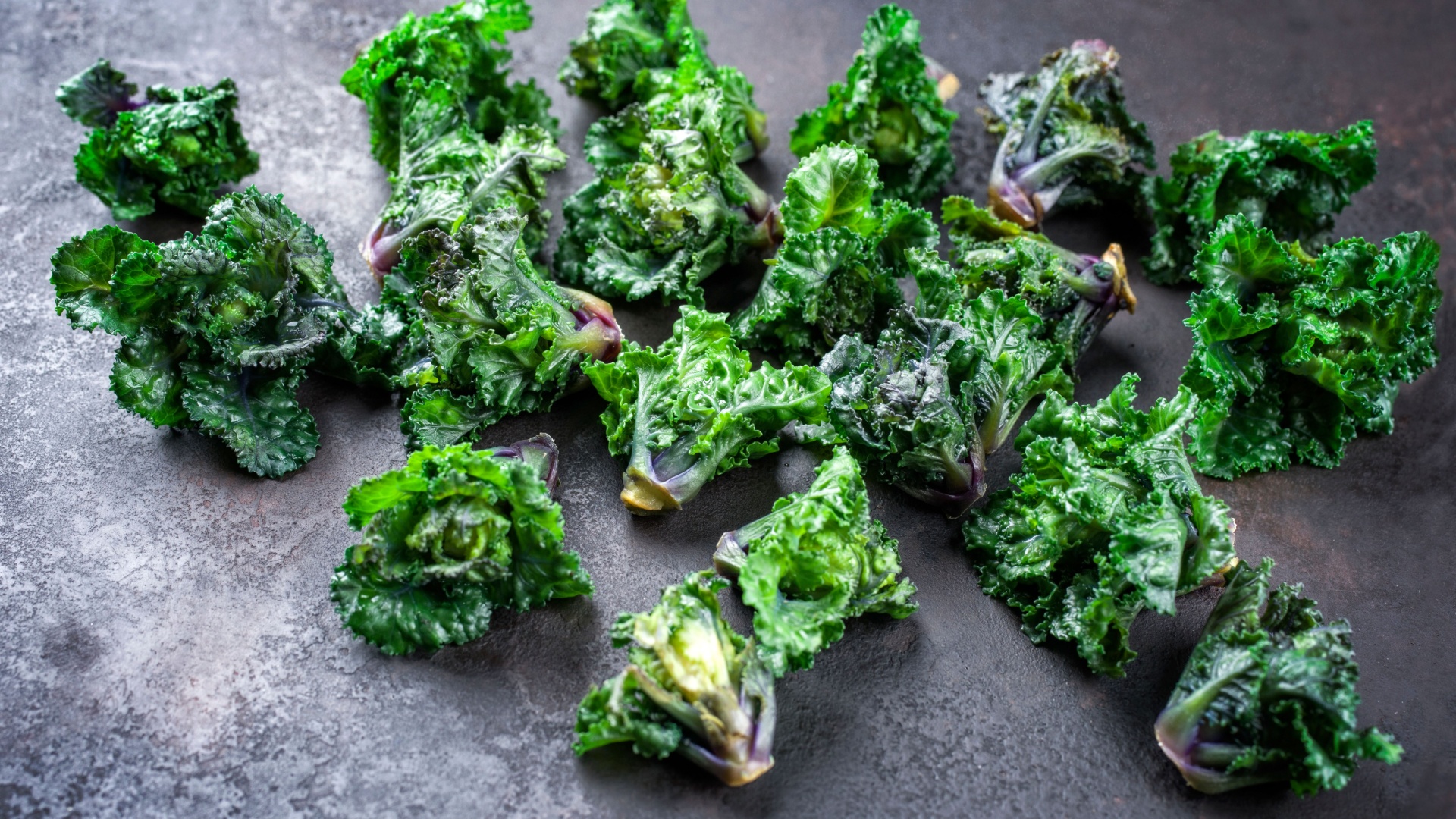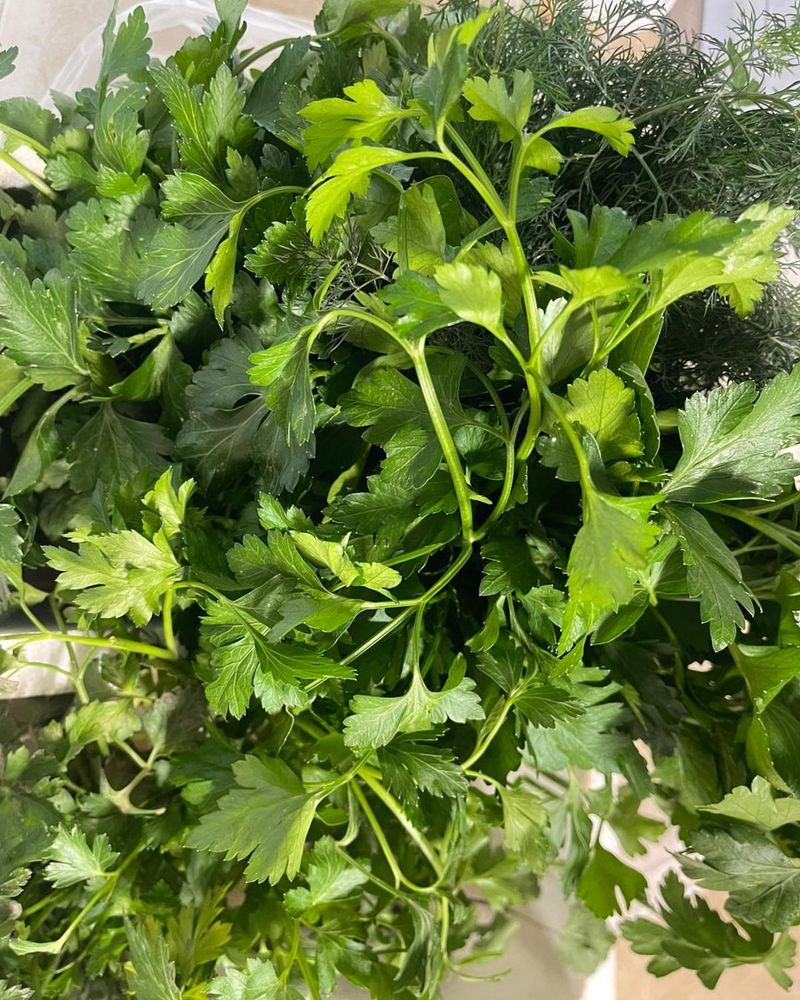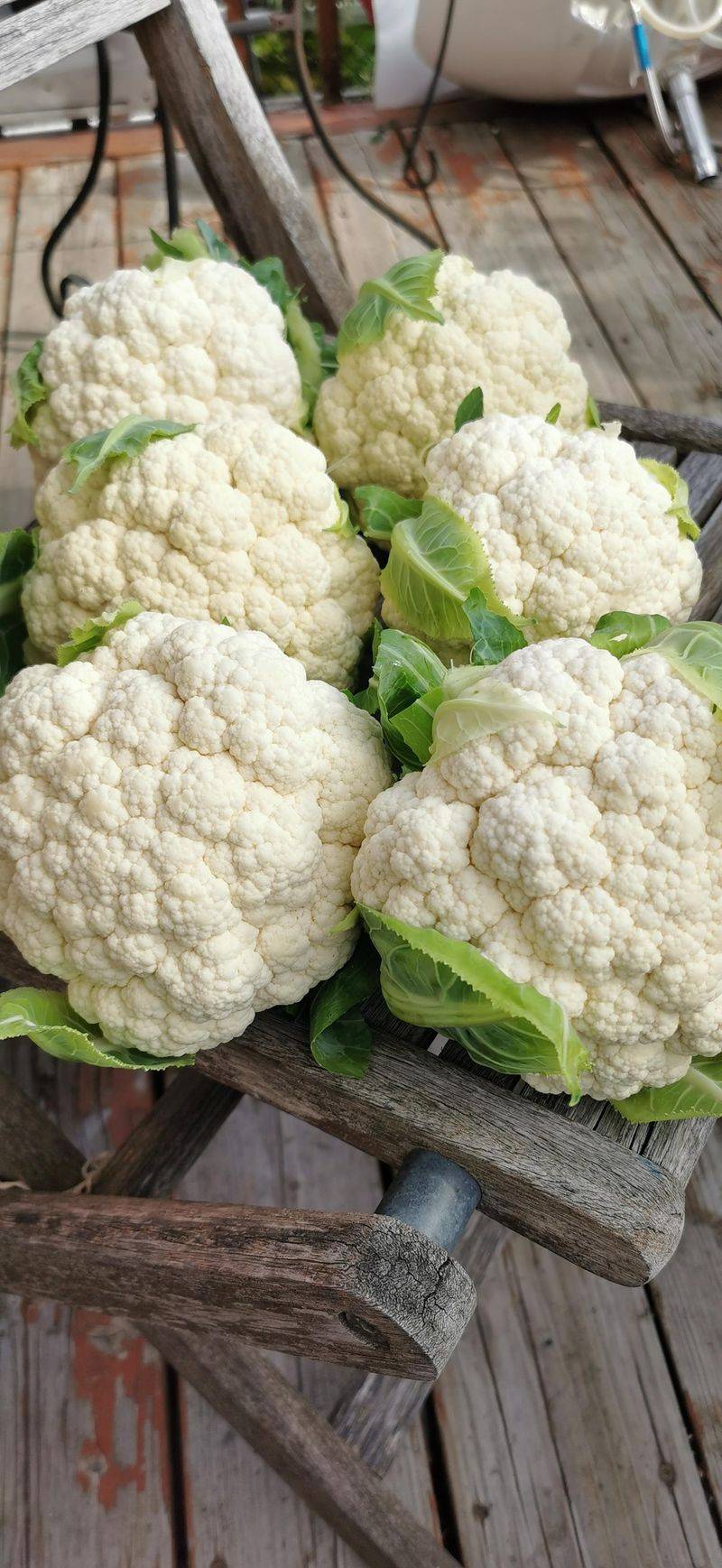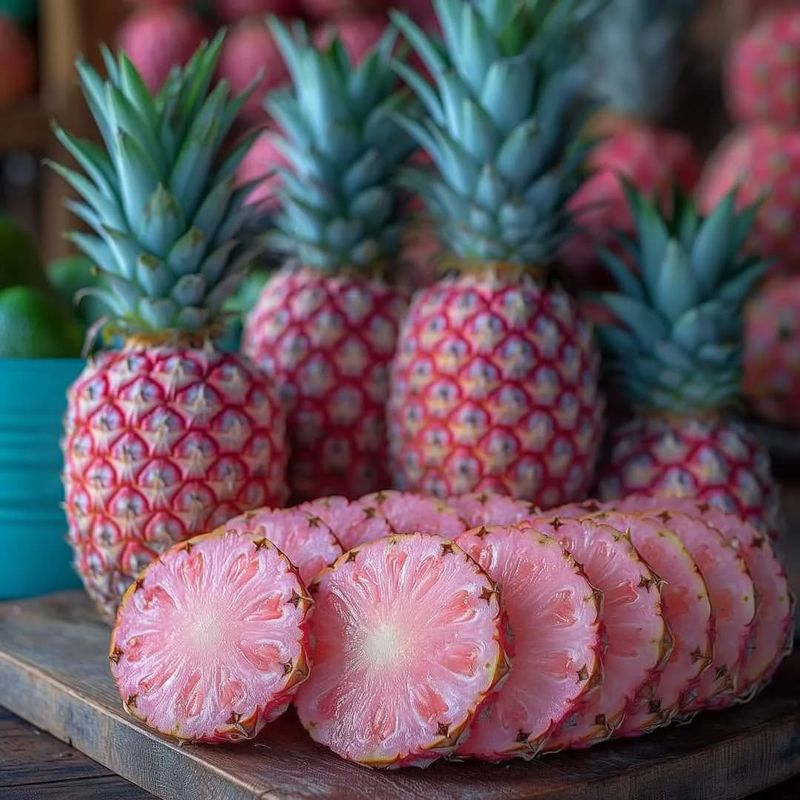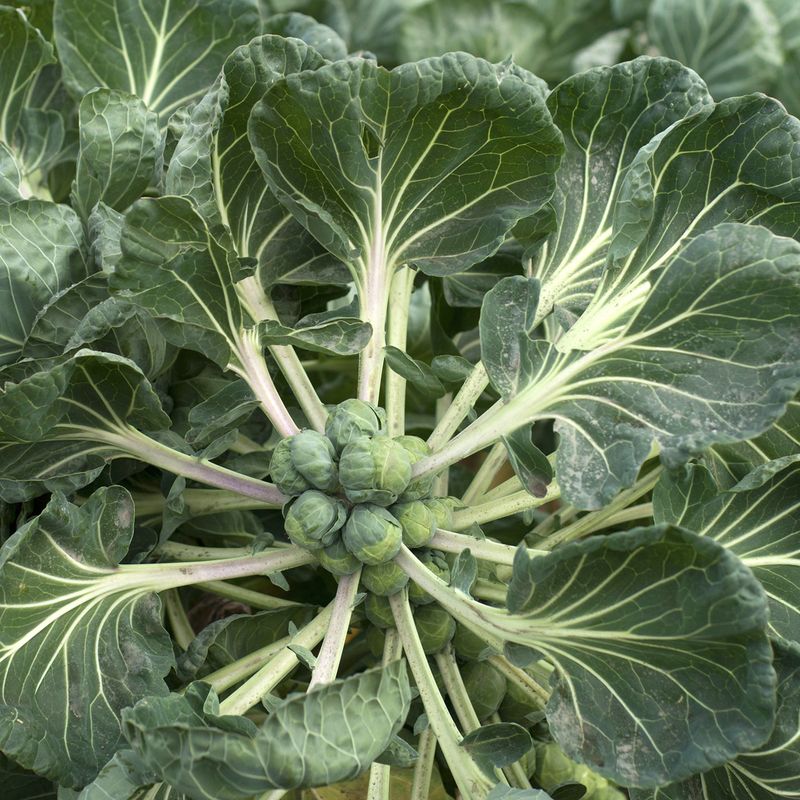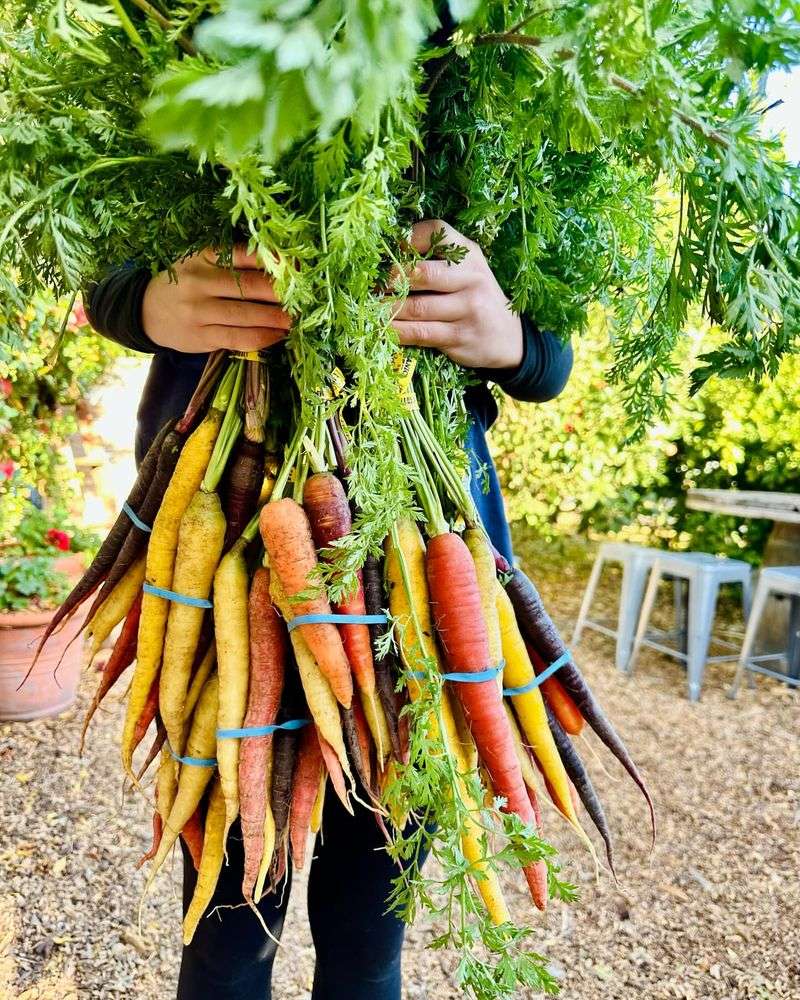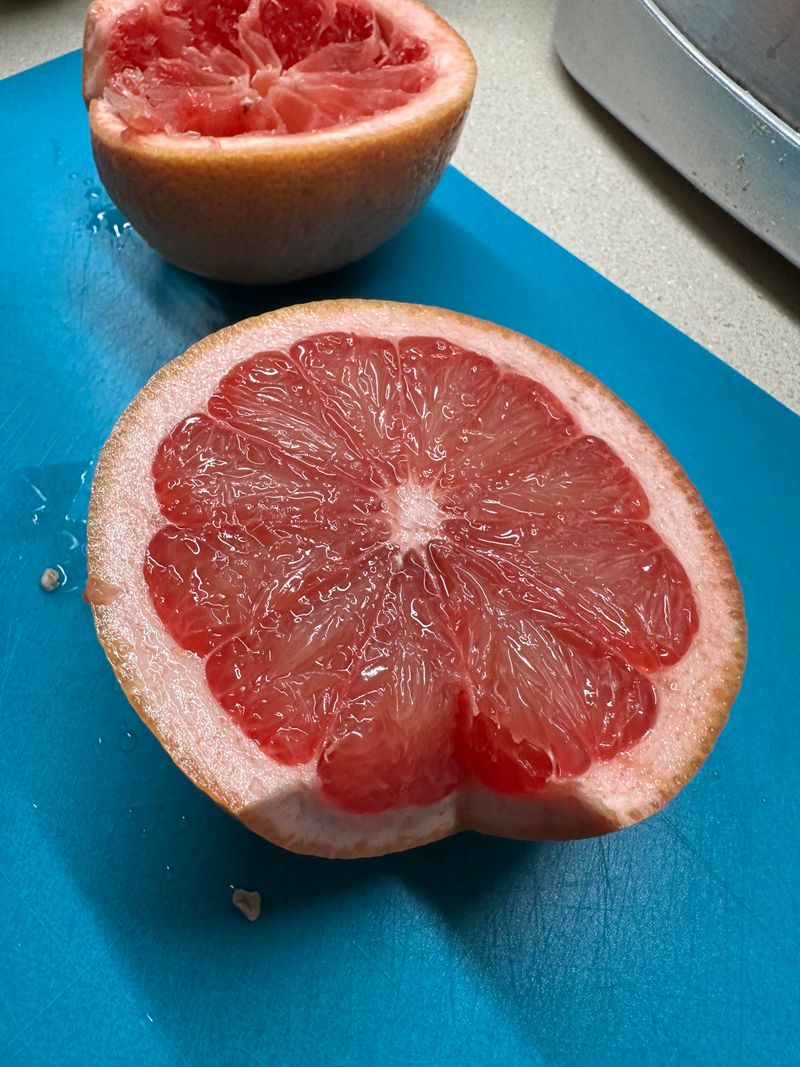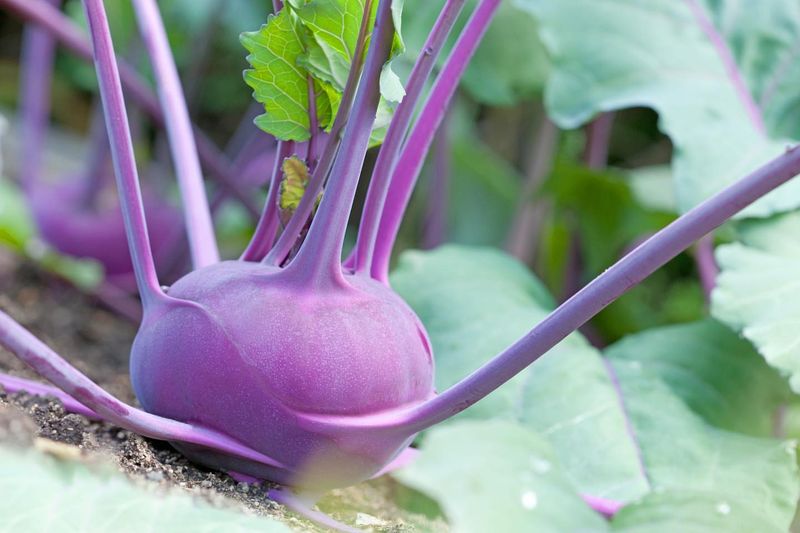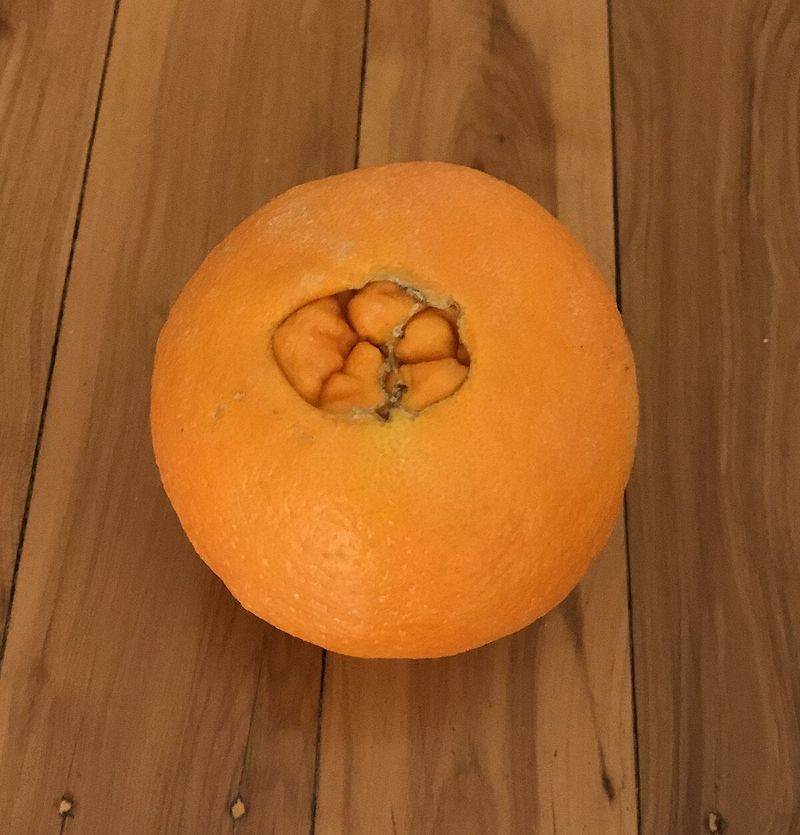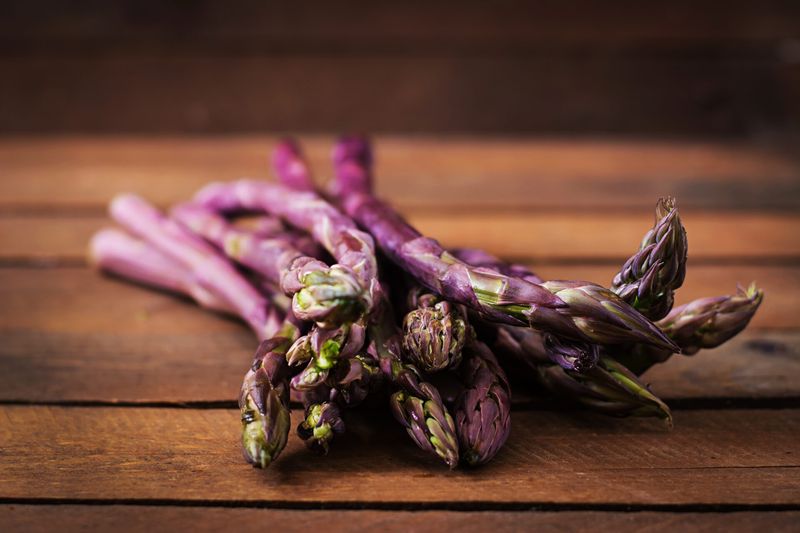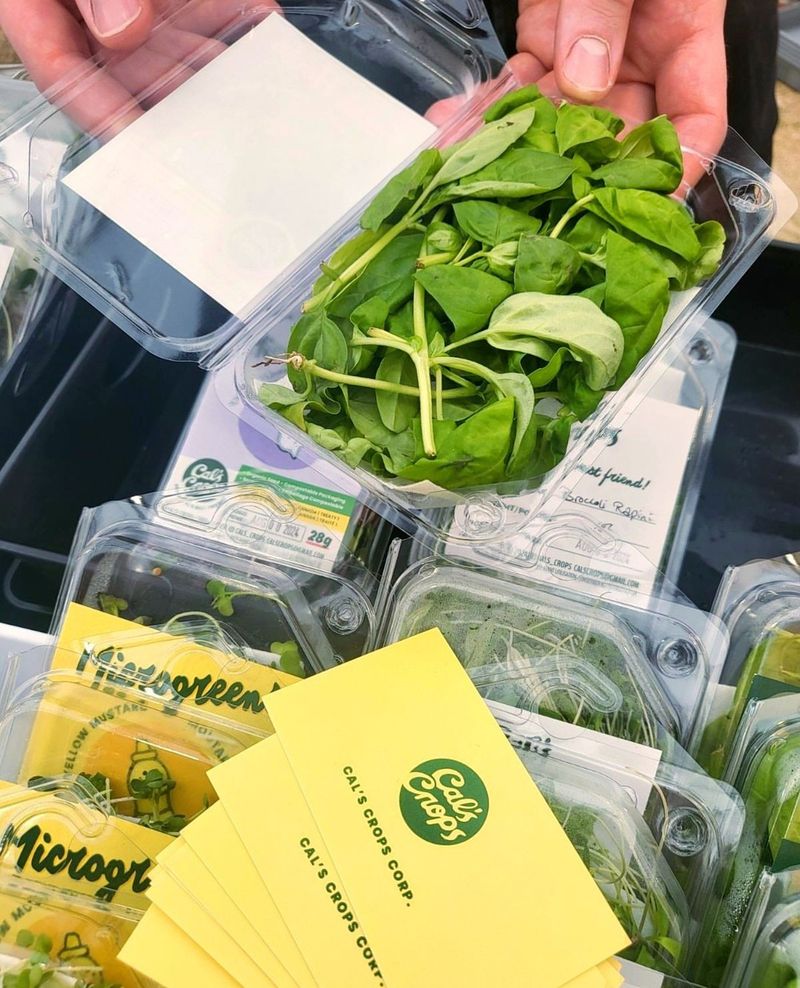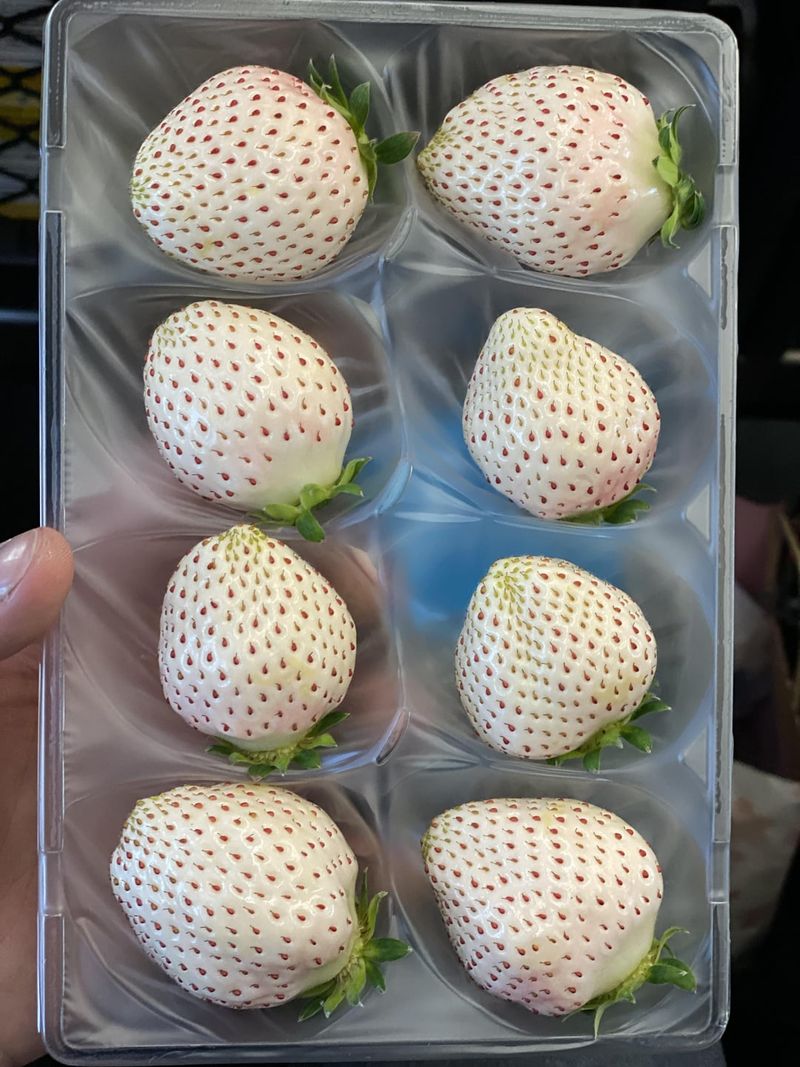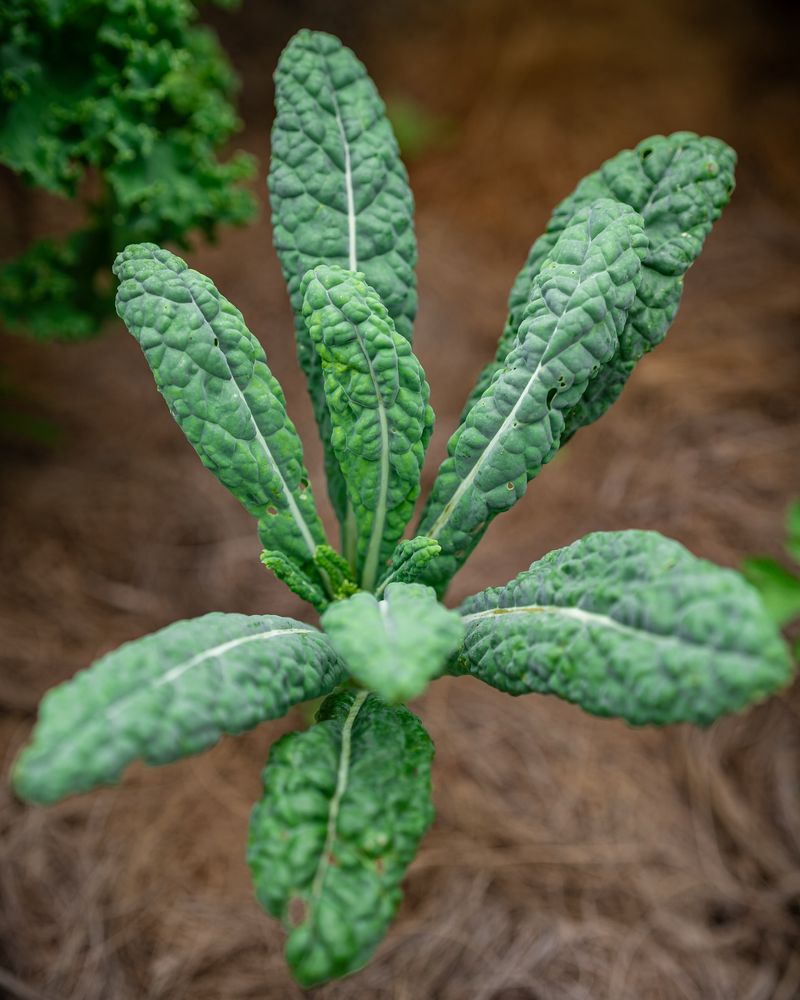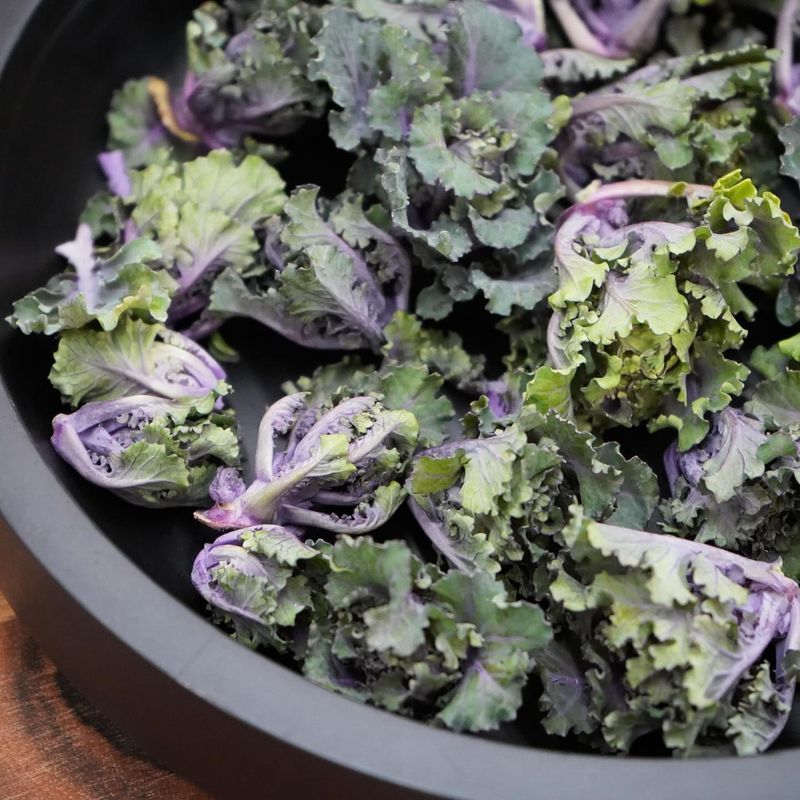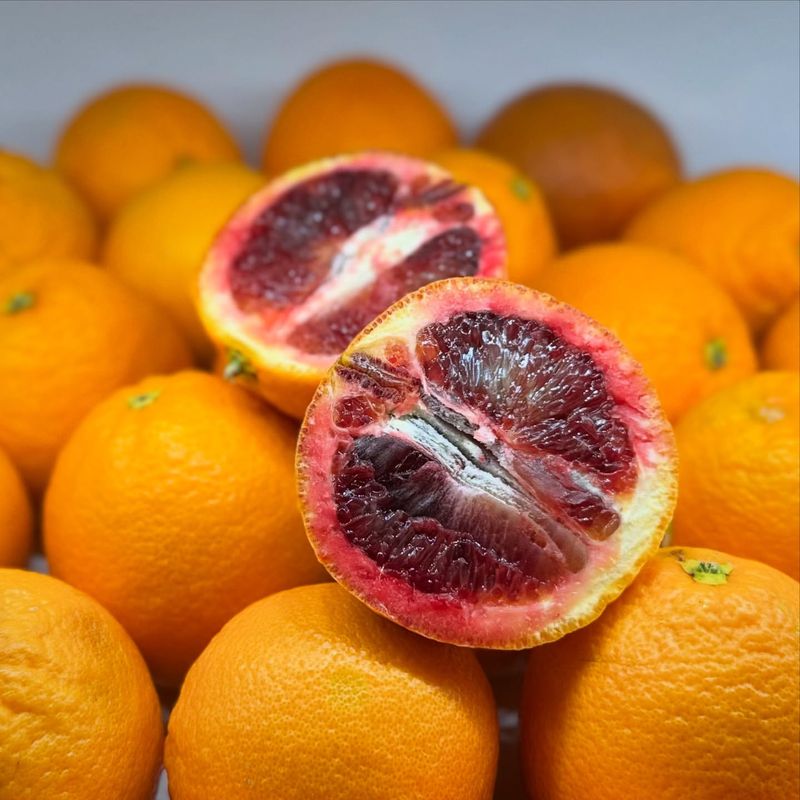Not all vegetables are as natural as they seem. From unexpected crossbreeds to farming flukes, some of the veggies we eat today were total accidents.
These 15 crops were never part of the plan—but they turned out to be delicious surprises. You’ll never look at your produce drawer the same way again.
1. Broccolini: The Slender Hybrid
A chance cross between broccoli and Chinese kale created this elegant vegetable in the 1990s. Japanese researchers weren’t trying to make a new vegetable – they were just growing different plants near each other when nature took over!
The result was a delicate stem with smaller florets that cook faster than regular broccoli. Farmers quickly realized this accidental creation had a sweeter flavor and more tender texture than its parents, making it perfect for quick meals.
2. Cauliflower: The Mutant Cabbage
Long ago in the Mediterranean, farmers spotted strange cabbage plants with flower clusters instead of normal leaves. These weird mutations caught their attention because the white flower parts were tender and tasty.
Generation after generation, farmers saved seeds from the plants with the largest and whitest heads. Nobody planned to create cauliflower – it happened through farmers noticing and keeping unusual plants that appeared randomly in their fields.
3. Pink Pineapple: The Rosy Surprise
Pineapple farmers in Costa Rica noticed something strange – some plants produced fruits with pinkish flesh instead of yellow. Rather than rejecting these oddities, they cultivated them further, fascinated by the unusual color.
The pink flesh contains more lycopene, the same compound that makes tomatoes red. While scientists later refined this accidental discovery, it was observant farmers who first spotted and preserved these naturally occurring mutations, leading to the commercially available pink pineapples we can buy today.
4. Brussels Sprouts: The Cabbage’s Tiny Cousins
Ancient farmers near Brussels, Belgium stumbled upon cabbage plants developing small buds along their stems instead of one large head. Rather than considering them defective, these curious growers propagated the unusual plants.
Over many generations of selective saving, these miniature cabbage buds became larger and more numerous. The accidental discovery eventually became the modern Brussels sprout – named after the region where farmers first noticed and cultivated this bizarre cabbage mutation.
5. Rainbow Carrots: The Colorful Comeback
Orange carrots weren’t always the norm! Original carrots were purple or white, and orange ones appeared as accidental mutations that Dutch farmers preferred for patriotic reasons (orange being their national color). In recent decades, farmers rediscovered heirloom seeds and noticed unusual color variations popping up.
Instead of discarding these “off-type” carrots, they saved them, leading to the rainbow varieties we enjoy today – purple, red, yellow, and white carrots returning to our plates after centuries of orange dominance.
6. Ruby Red Grapefruit: The Texas Treasure
In 1929, a Texas farmer named A.E. Henninger spotted an unusual red-fleshed fruit growing on one branch of a pink grapefruit tree. This natural mutation occurred spontaneously – no one engineered it! Henninger grafted cuttings from this special branch to grow more trees with the same trait.
The resulting Ruby Red grapefruit was sweeter and less bitter than regular grapefruits. This accidental discovery revolutionized the citrus industry and made Texas famous for its red grapefruits.
7. Kohlrabi: The Stem That Swelled
European farmers centuries ago noticed some cabbage plants developing swollen stems above ground instead of forming proper heads. Rather than pulling these oddities, curious growers propagated them further.
The bulbous stems turned out to be tender and flavorful, tasting like a mix between cabbage and broccoli stems. No scientist planned kohlrabi’s creation – it was simply farmers noticing and preserving a natural mutation that appeared randomly in their cabbage patches, creating what looks like a vegetable from another planet.
8. Navel Orange: The Self-Cloning Fruit
In the 1800s, Brazilian farmers spotted a strange orange tree producing fruits with tiny second oranges forming inside them, creating a navel-like appearance at one end. This natural mutation was fascinating because these oranges couldn’t produce seeds!
Since the fruits were seedless, farmers had to propagate them through grafting. Every navel orange today is actually a clone descended from that single mutant tree.
This accidental discovery provided us with sweet, easy-to-peel oranges that wouldn’t exist if observant farmers hadn’t noticed and preserved this unusual tree.
9. Purple Asparagus: The Royal Spear
French farmers in the 1800s noticed unusual purple shoots emerging among their green asparagus beds. Instead of rejecting these oddities, they cultivated them separately, intrigued by their striking color and sweeter flavor.
The purple hue comes from anthocyanins – the same compounds that give blueberries their color and health benefits. This chance discovery happened because observant farmers decided unusual plants deserved a chance to grow.
Today, purple asparagus remains a gourmet variety treasured for its tender texture and lower bitterness.
10. Rapini: The Leafy Rebel
Italian farmers centuries ago noticed unusual turnip plants that produced more flavorful leaves and fewer roots. Rather than considering them failures, they selected these plants for their tasty greens and small flower buds.
Over generations, they encouraged this natural tendency until the plants barely produced turnips at all! The result was rapini (also called broccoli rabe), which isn’t actually broccoli or turnip but its own accidental creation.
This bitter green became a staple in Italian cuisine simply because farmers appreciated its unique qualities.
11. White Strawberries: The Pale Sensation
Japanese farmers spotted unusual pale strawberry plants appearing in their fields as natural mutations. These white berries weren’t lacking ripeness – they actually lacked the genes to produce red pigment while still developing full sweetness.
Instead of discarding these oddities, farmers cultivated them, discovering they had a unique pineapple-like flavor profile. These accidental albino strawberries became luxury fruits in Japan.
The most famous variety, called ‘White Jewel,’ sells for astronomical prices despite starting as nothing more than a farming accident.
12. Lacinato Kale: The Dinosaur Leaf
Italian farmers in Tuscany noticed unusual cabbage plants with long, narrow, bumpy leaves unlike the broad leaves of typical cabbage.
These natural variations caught their attention because of their distinctive appearance and hardiness in cold weather. By saving seeds from these unusual plants, generation after generation, farmers created what we now call Lacinato or ‘dinosaur’ kale.
No scientist designed this vegetable – it emerged through farmers recognizing and preserving natural mutations that appeared randomly in their fields centuries ago.
13. Kalettes: The Brussels Sprout-Kale Hybrid
In the early 2000s, British farmers noticed unusual plants appearing when Brussels sprouts and kale grew near each other. The resulting crossbreeds produced small, frilly kale-like florets on stalks similar to Brussels sprouts.
Instead of viewing these crosses as mistakes, farmers recognized their potential. The hybrid combined the nutty flavor of Brussels sprouts with kale’s nutritional profile and easier preparation.
Though later refined through selective breeding, this vegetable began as an accidental cross-pollination that observant farmers decided to develop rather than discard.
14. Broccoflower: The Lime-Green Fusion
Observant farmers in Holland during the 1980s noticed unusual plants appearing when cauliflower and broccoli fields were planted close together. Some plants developed lime-green heads that combined features of both vegetables.
Rather than seeing these natural hybrids as mistakes, farmers propagated them further. The result was broccoflower – a vegetable with cauliflower’s shape but a striking green color and milder flavor.
This accidental cross-pollination created a vegetable that appeals to people who find regular cauliflower too strong.
15. Blood Oranges: The Crimson Surprise
Sicilian farmers centuries ago noticed some orange trees producing fruits with deep red flesh instead of orange. These natural mutations weren’t created intentionally – they appeared spontaneously due to a pigment activated by cold nights.
Rather than rejecting these unusual fruits, farmers propagated the trees that produced them. The blood orange’s distinctive berry-like flavor and stunning color made it highly desirable.
This accidental discovery became one of Sicily’s most famous agricultural products, all because farmers appreciated a strange mutation instead of discarding it.

